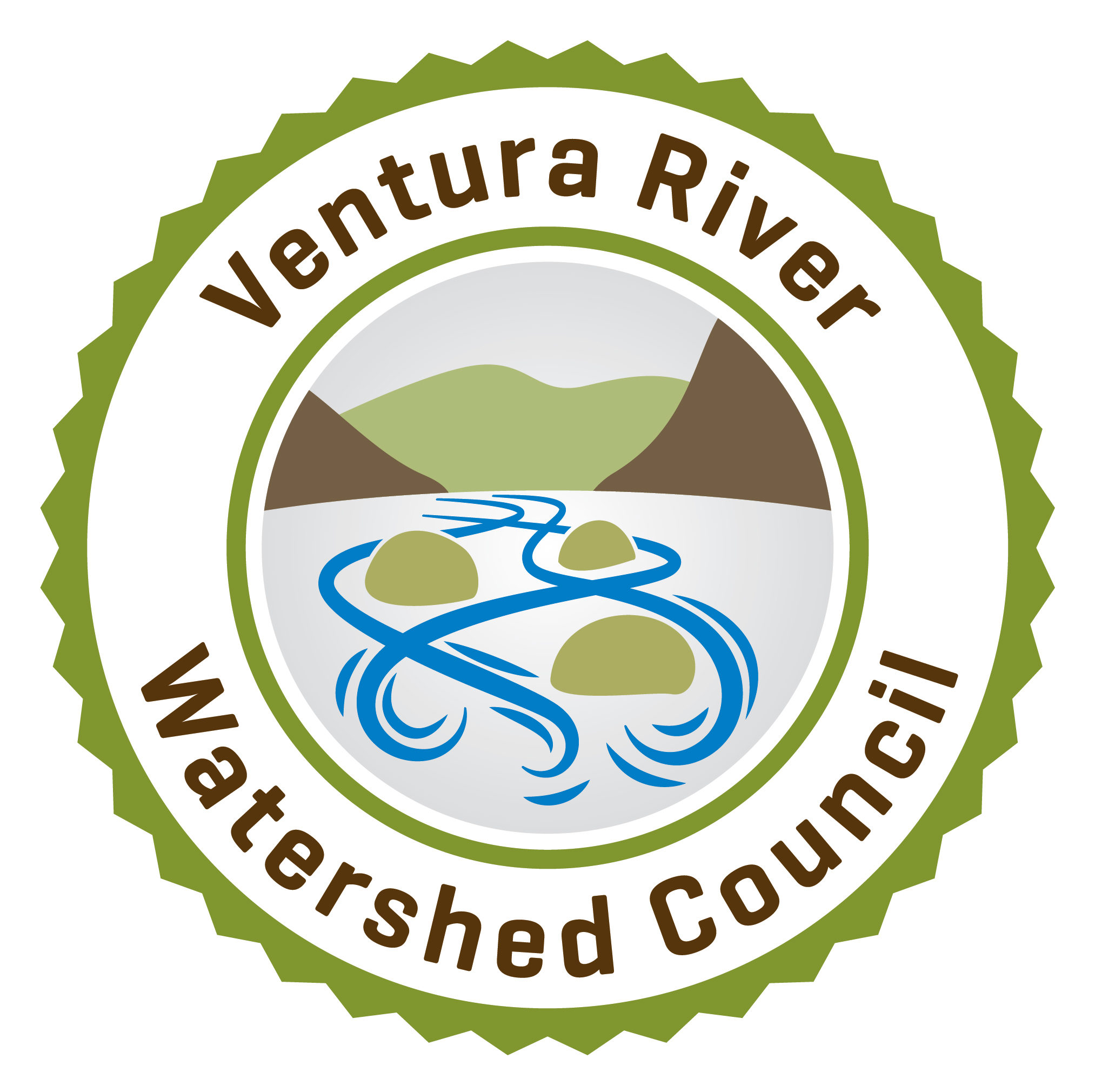Nov. 7 Watershed Council Meeting Materials
Focused Campaigns Proposal
The Watershed Council meets next Thursday, November 7, 2013, from 9:00 am to 12:00 pm, in the Topping Room of the Foster Library, 651 E. Main Street. Here is the meeting Agenda 11-7-13.
Our main “work” at this meeting will be on development of the Short-Term Action Plan, that part of the watershed management plan that lays out our priority actions for the next three years. Lisa Brenneis (consultant) and I have been putting some thought into this plan, and have come up with a proposal to integrate our Short-Term Action Plan projects and programs into five focused campaigns. We think you’ll like this idea and look forward to developing it with you further at the meeting.
Here is a memo from me to the Council introducing the campaign proposal idea. I’ll send out a more developed concept proposal next week in advance of the meeting. In the meantime, be thinking about what projects and programs you can commit to trying to advance in the next three years.
At the meeting the Council will also be reviewing and approving a draft List of Accomplishments from the last three years. This list is an effort to document how much is already going on in the watershed by all of us. This is not an attempt to describe every accomplishment, but to at least note the highlights. Please review this list and let me know if you have any additions or edits, preferably before November 7.
At our meeting we will also hear a presentation from Al Leydecker, PhD, about his latest research on nitrate and its possible sources in the watershed. Al is a scientist who has been monitoring and analyzing stream chemistry in the Santa Barbara/Ventura area since 2000.A laboratory recently provided an isotopic analysis of some of Santa Barbara Channelkeeper’s stream samples; such an analysis can, in theory, help narrow down the likely sources of nitrate. Al’s presentation will present various lines of evidence, including the results of the isotopic analysis, to help understand nitrate and its pathways in the watershed.
Al Leydecker was one of the authors of the UCSB algae study–“An Assessment of Numeric Algal and Nutrient Targets for Ventura River Watershed Nutrient Total Maximum Daily Loads”–which is cited, along with six other of Al’s research papers, in the staff report of the recently adopted Algae TMDL regulation.
Nov. 12 – Excellence in Agricultural Stewardship and Sustainability
4th Annual Resource Conservation District Award Luncheon
You are invited by the Resource Conservation District to attend this event. RSVP required!
Nov. 14 – Water: Take 1 Film Contest Awards Celebration
You are invited by the city of Ventura to attend this event. RSVP required!
